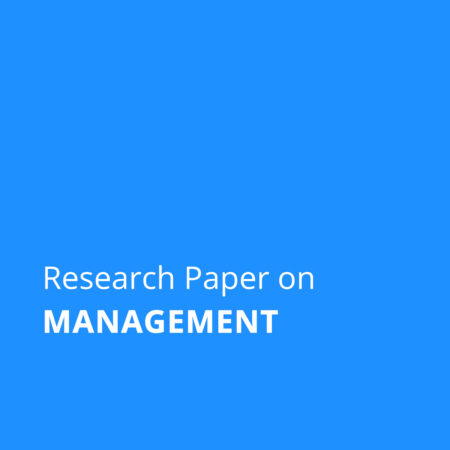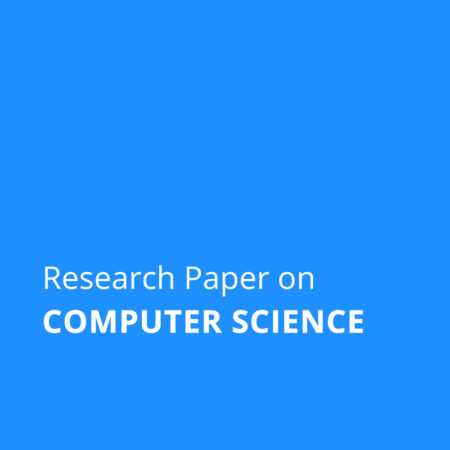Description
Title: Human Glioblastoma DBTRG-05MG Cell Line Andrographolide Induces G2/M Cell Cycle Arrest and Apoptosis via ERK1/2/c-Myc/p53 Signaling Mechanism
Abstract: One of the most deadly brain tumors, human glioblastoma multiforme (GBM), has a high mortality rate globally. Present-day challenges to conventional GBM treatment include the blood-brain barrier (BBB), drug resistance, and side effects that persist after treatment. So it has become crucial in treating GBM to develop bioactive compounds isolated from plant species and identify molecular pathways. According to pharmacodynamic studies, andrographolide has attracted the attention of oncologists who think it might make GBM therapy less challenging. However, more research is still needed. In several cancer cell lines, andrographolide, a bicyclic diterpene lactone derived from Andrographis paniculata (Burm.f.) Wallich ex Nees, exhibits anticancer properties. Using the DBTRG-05MG cell line, the current study sought to assess the anticancer potency and potential molecular pathways of andrographolide. The WST-1 assay was used to measure andrographolide’s antiproliferative activity, and the scratch assay and clonogenic assay were used to gauge the drug’s efficacy against the cancer cell line by observing cell migration and colony formation. The effects of andrographolide on apoptosis and cell cycle arrest were also investigated using flowcytometry. The ERK1/2/c-Myc/p53 signaling pathway’s mRNA and protein expression levels were then evaluated using qRT-PCR and Western blot. Using DBTRG-05MG total cell lysate, a reciprocal experiment of the co-immunoprecipitation (co-IP) was used to ascertain the protein-protein interaction between c-Myc and p53. DBTRG-05MG cell lines’ viability was significantly reduced by andrographolide in a concentration- and time-dependent manner. Additionally, andrographolide was found to be effective in reducing DBTRG-05MG colony formation and cell migration in scratch and clonogenic assays, respectively. By increasing the expression of ERK1/2, c-Myc, and p53 at the mRNA level, andrographolide further promoted cell cycle arrest in the G2/M phase, which was followed by apoptosis in the DBTRG-05MG cell line. The antiapoptotic protein p53 was produced more frequently as a result of c-Myc overexpression, according to results from a western blot. Our research showed that c-Myc and p53 work together to positively influence the signaling pathway that initiates apoptosis. This study was successful in identifying the role of ERK1/2/c-Myc/p53 in the cell cycle arrest and subsequent activation of the apoptosis signaling pathway in the suppression of the DBTRG-05MG cell line.
Keywords: andrographolide; DBTRG-05MG; WST-1 assay; scratch assay; cell cycle; apoptosis; c-Myc; p-53; co-immunoprecipitation; qRT-PCR
Paper Quality: SCOPUS / Web of Science Level Research Paper
Subject: Chemistry
Writer Experience: 20+ Years
Plagiarism Report: Turnitin Plagiarism Report will be less than 10%
Restriction: Only one author may purchase a single paper. The paper will then indicate that it is out of stock.
What will I get after the purchase?
A turnitin plagiarism report of less than 10% in a pdf file and a full research paper in a word document.
In case you have any questions related to this research paper, please feel free to call/ WhatsApp on +919726999915



Reviews
There are no reviews yet.